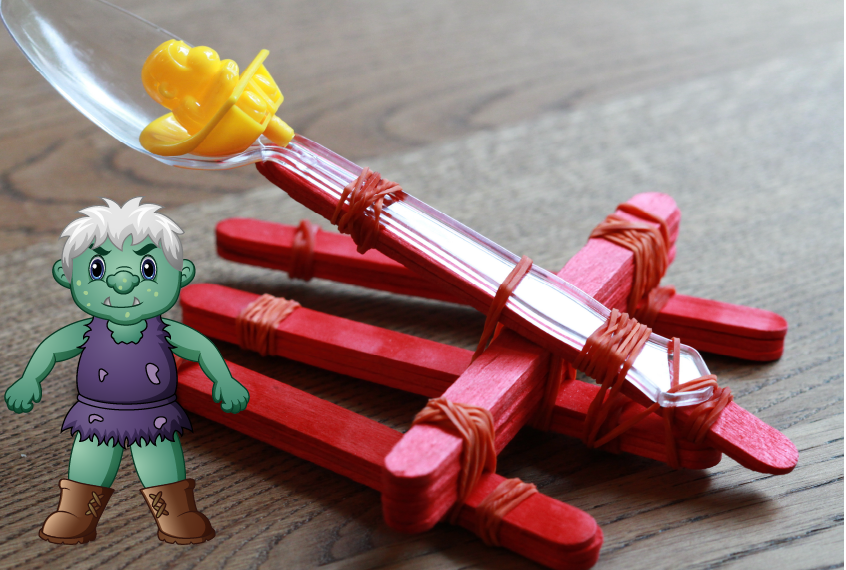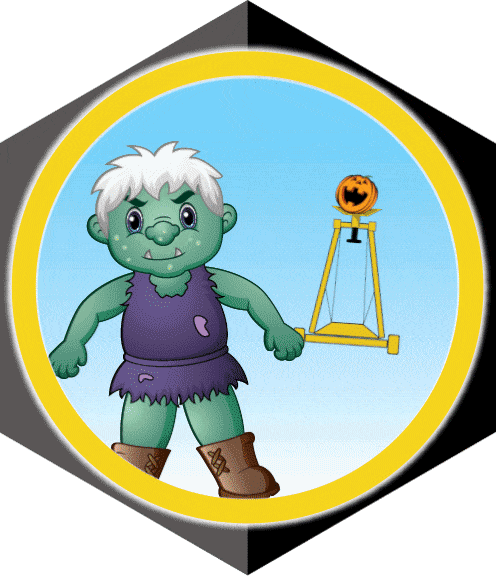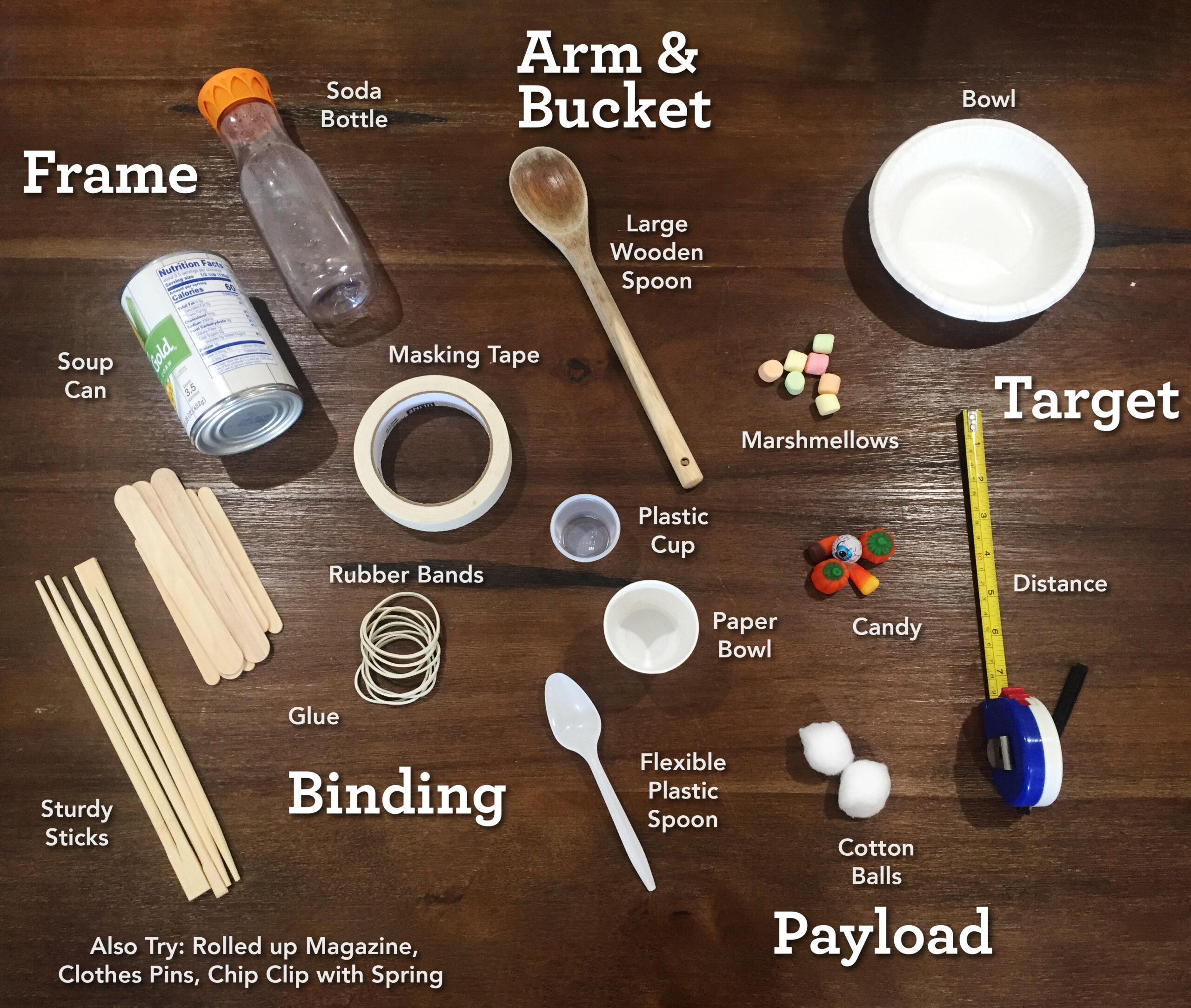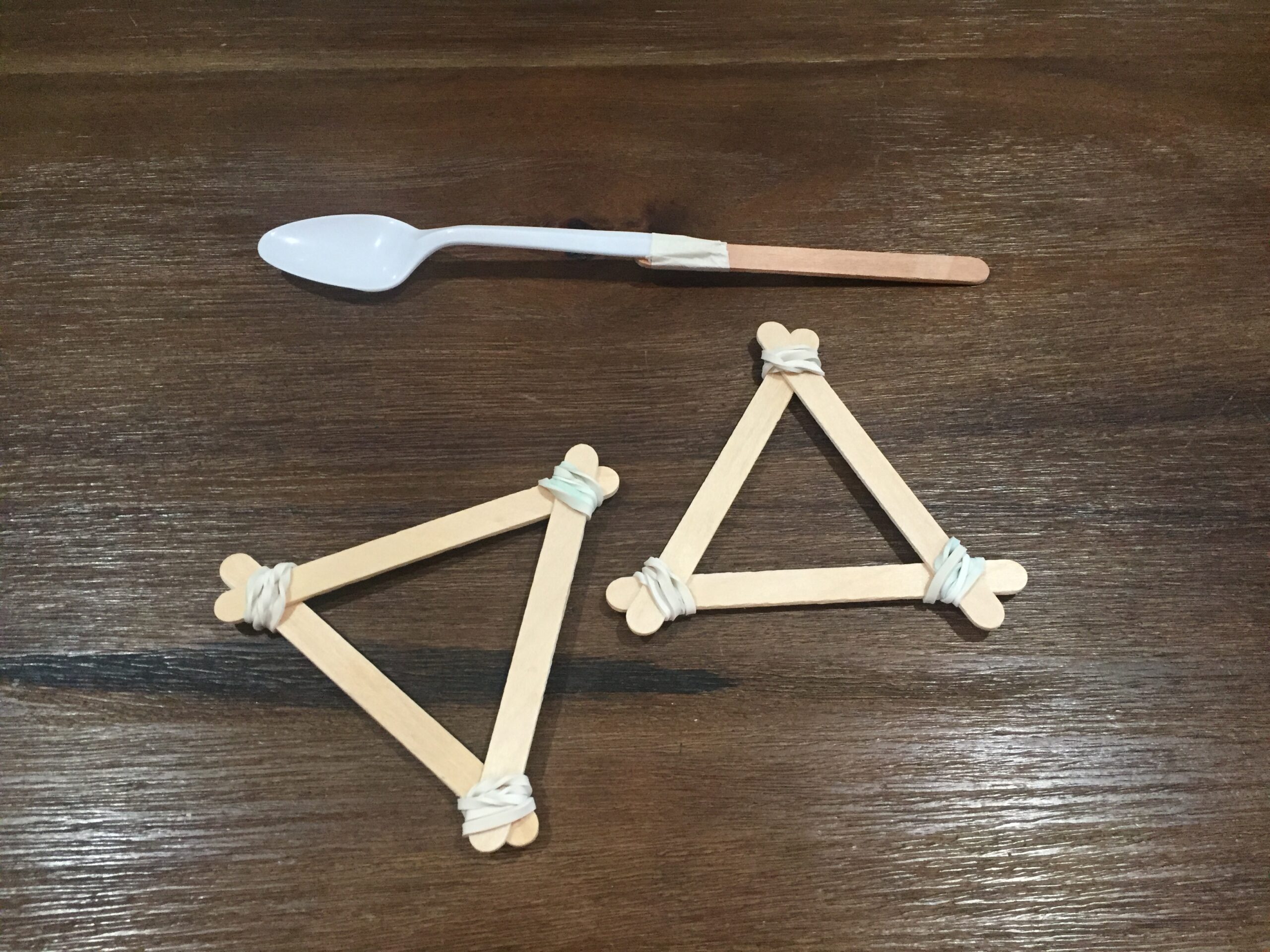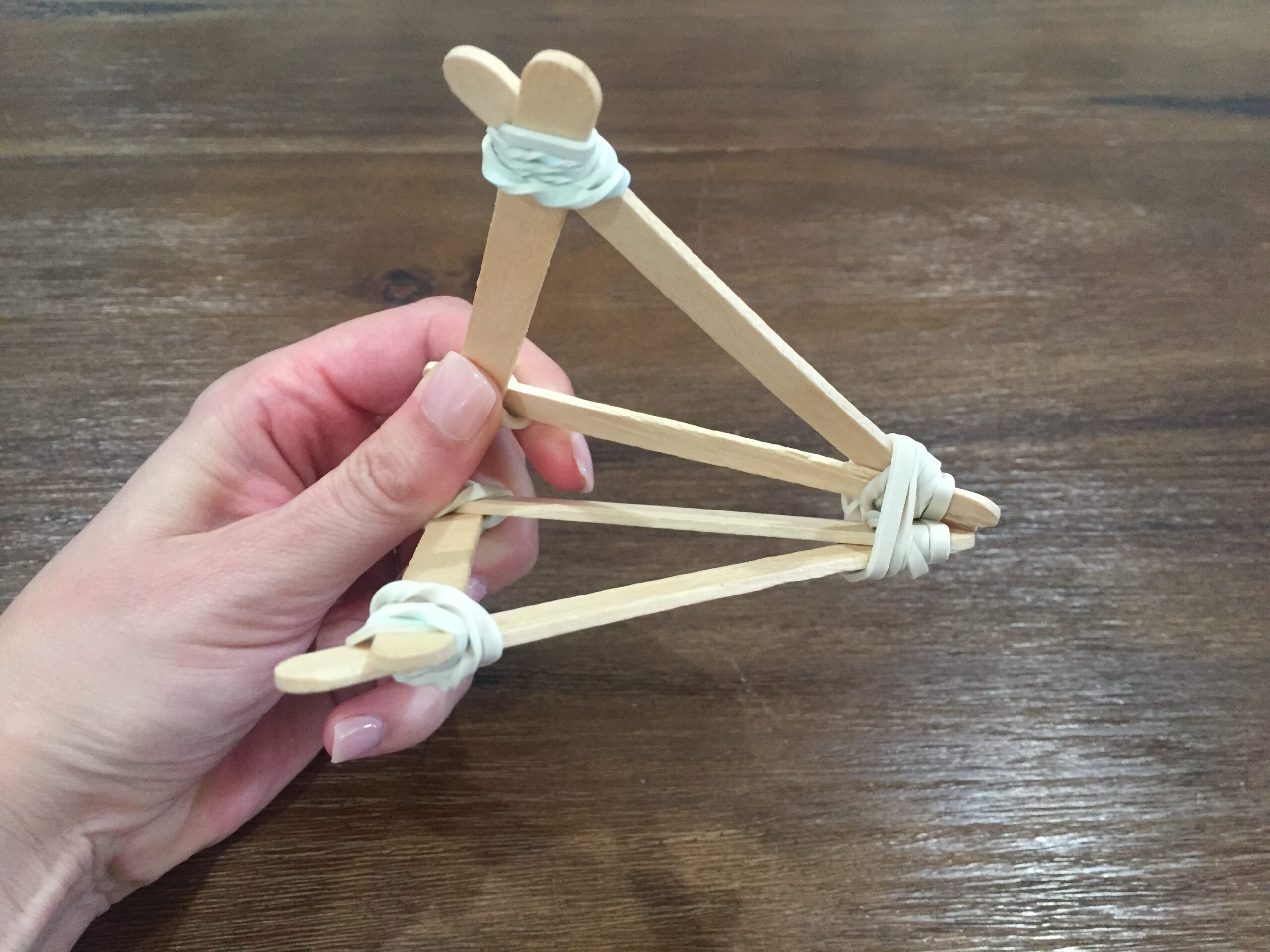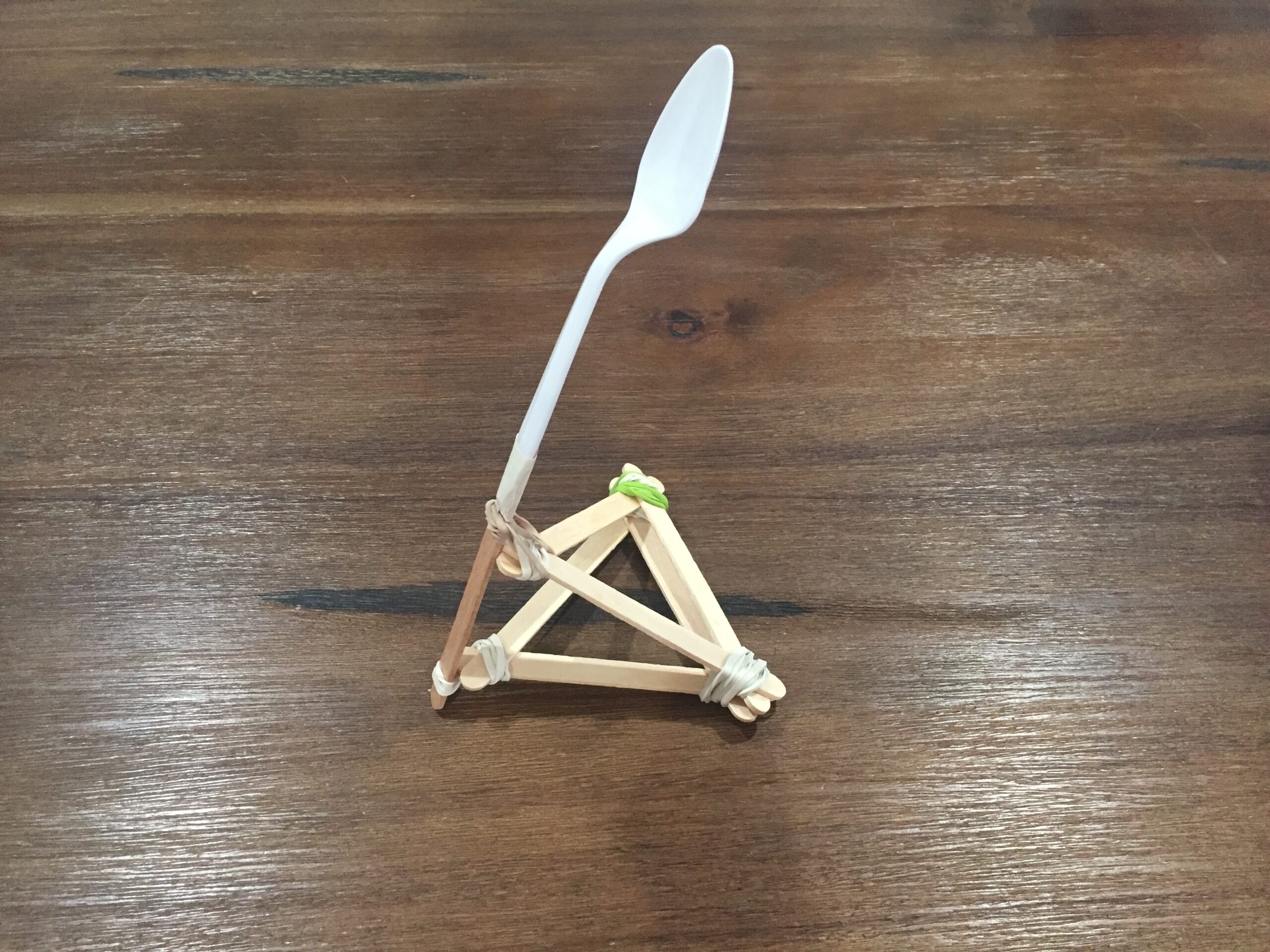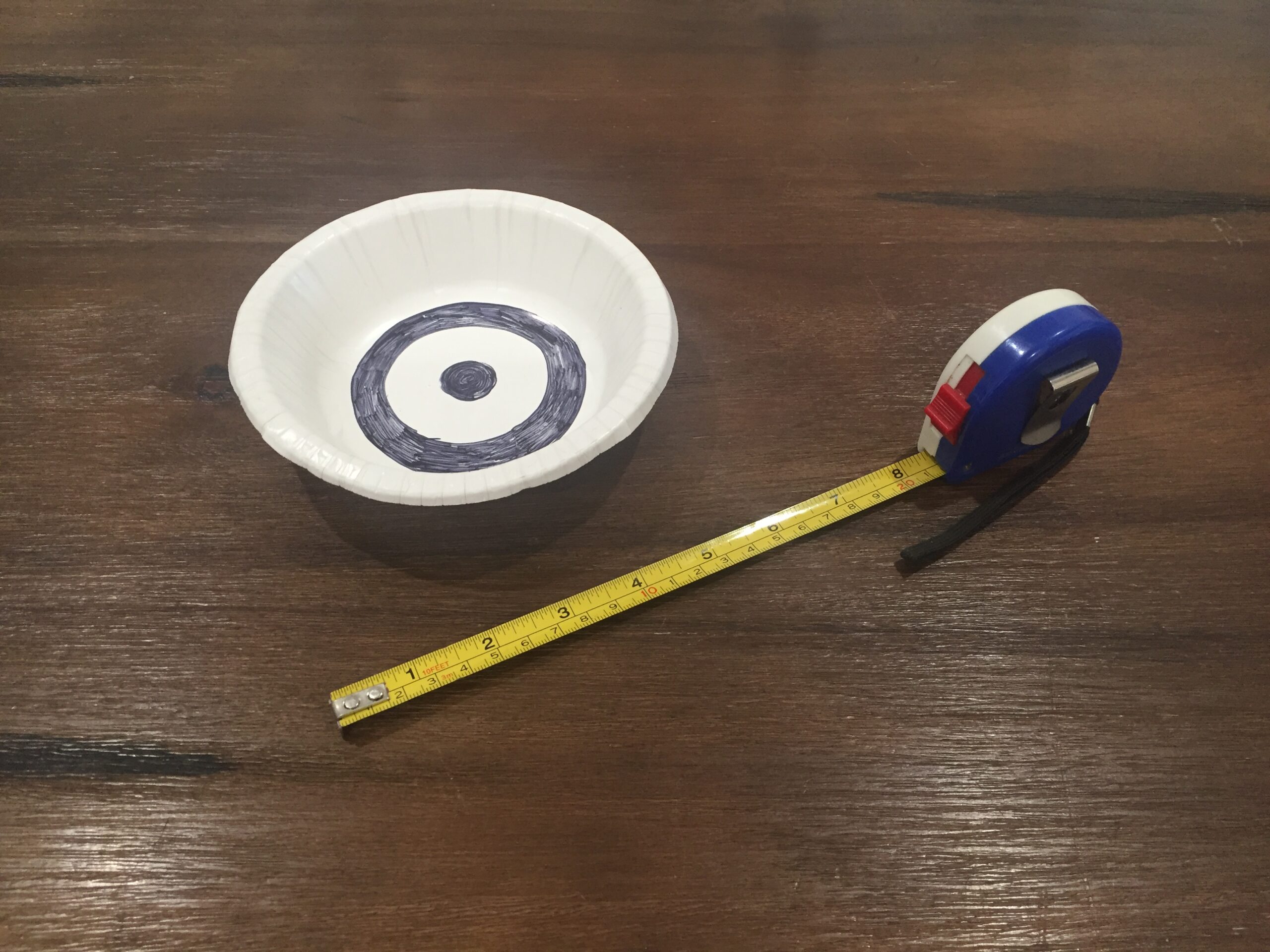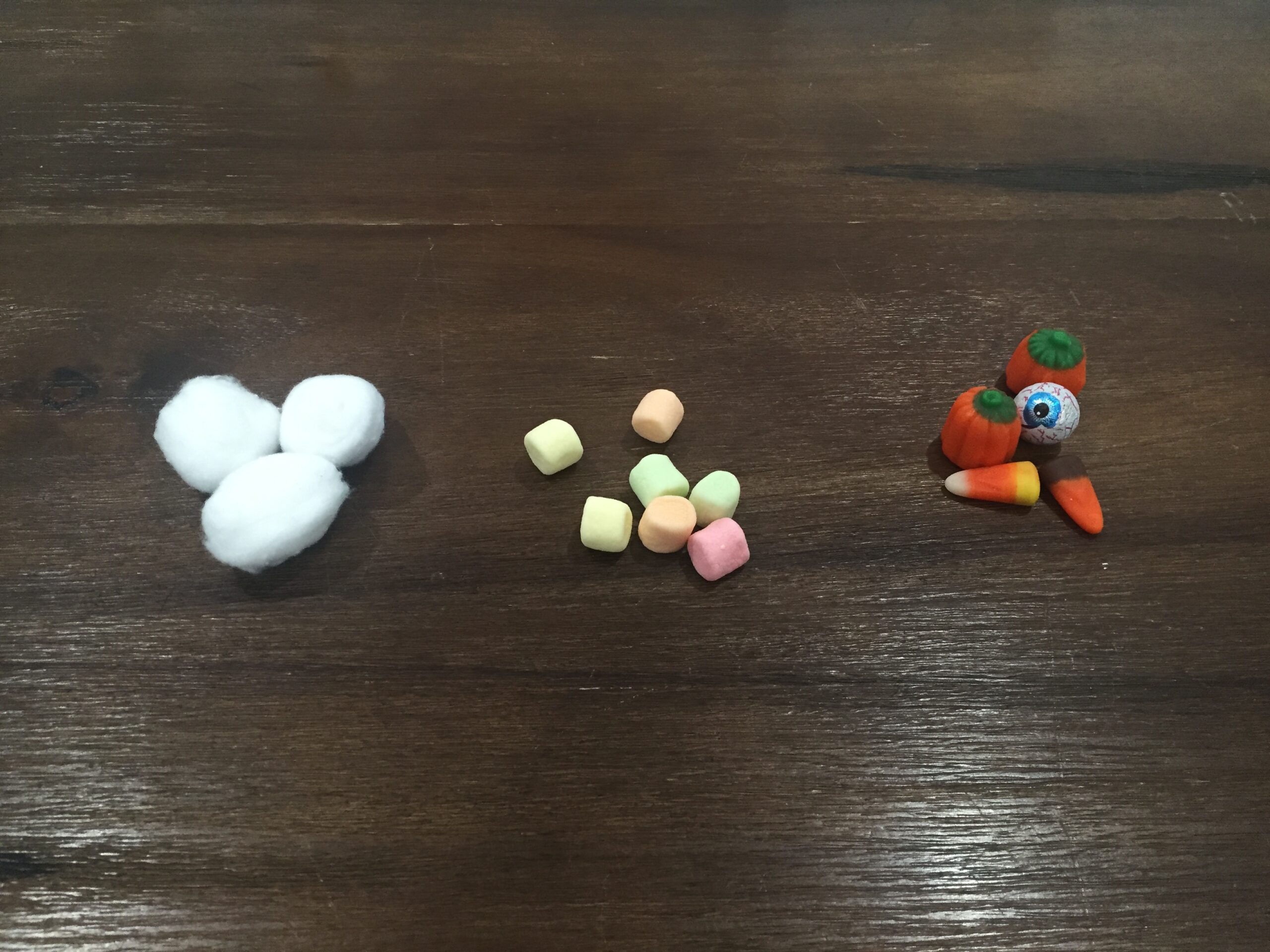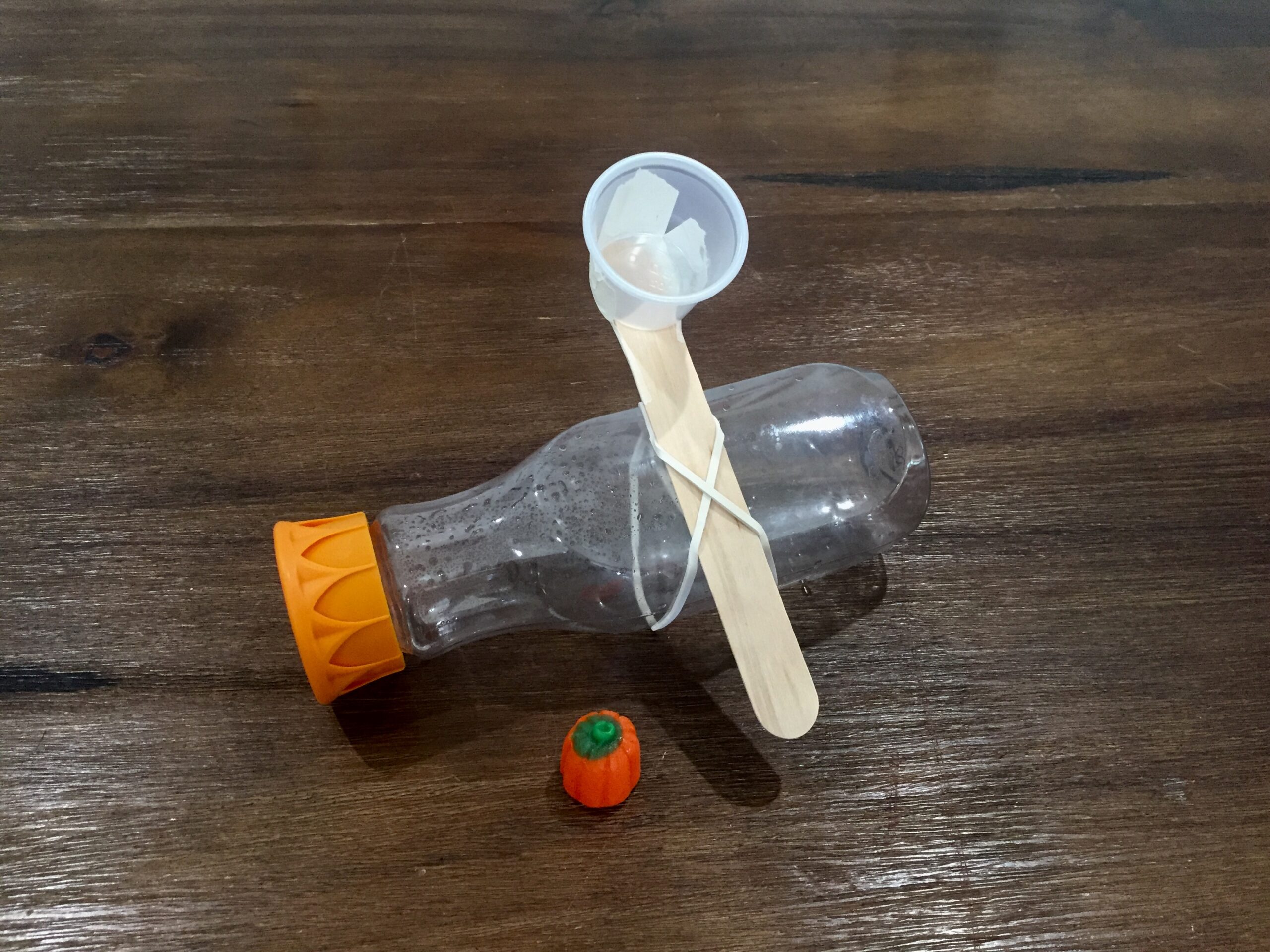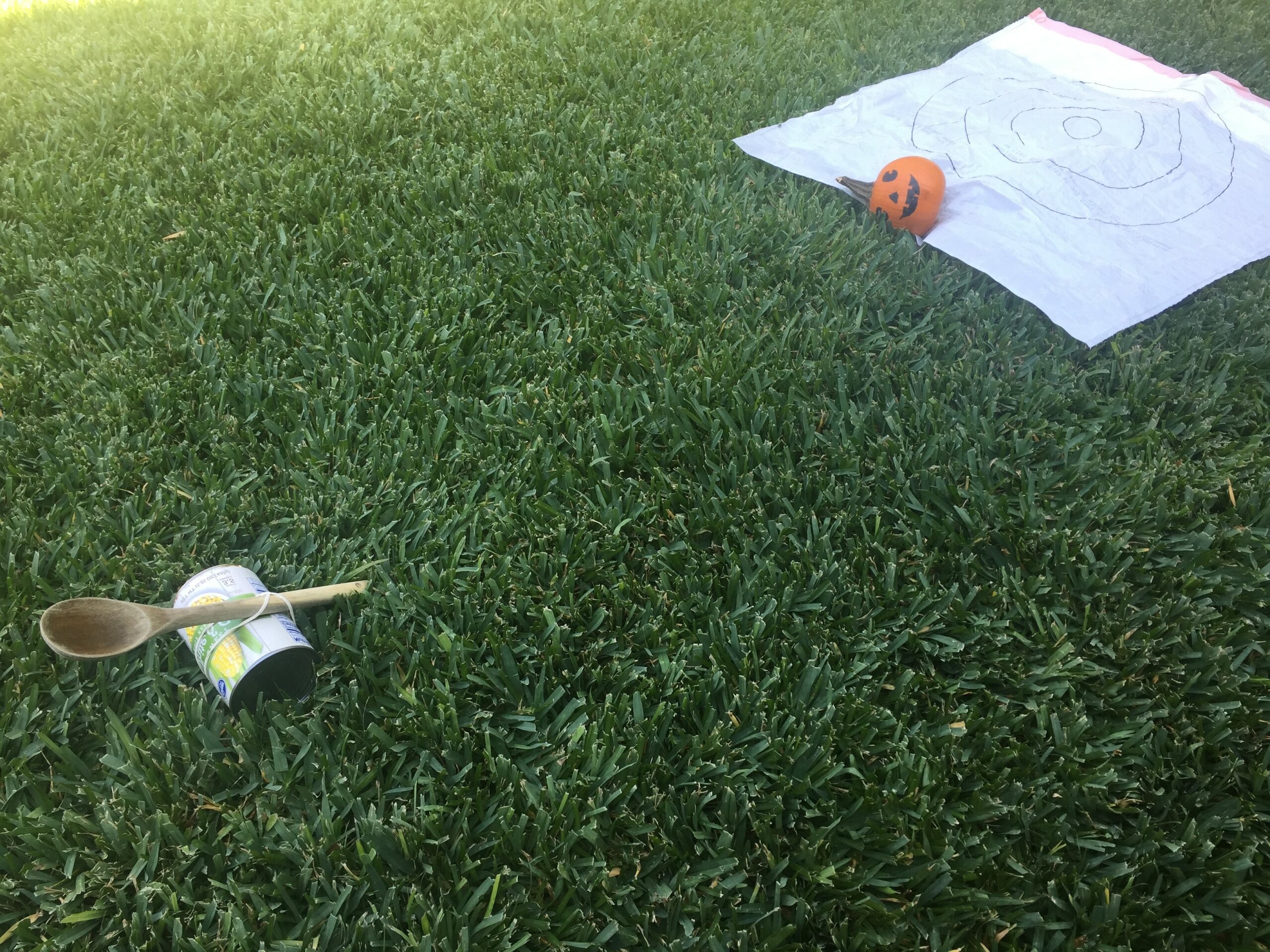There are lots of ways to make a catapult, so be creative, put on your engineering hat, and give some a try! Go to the next step to see some sample materials you could use.
Tor’s Pumpkin Launch
Discovery Cube’s Fall Programming is brought into your home as Tor, a member of the Spooky Science Monster Academy, invites you to create your own Pumpkin Launch!
Part of our Monster Academy Badge

